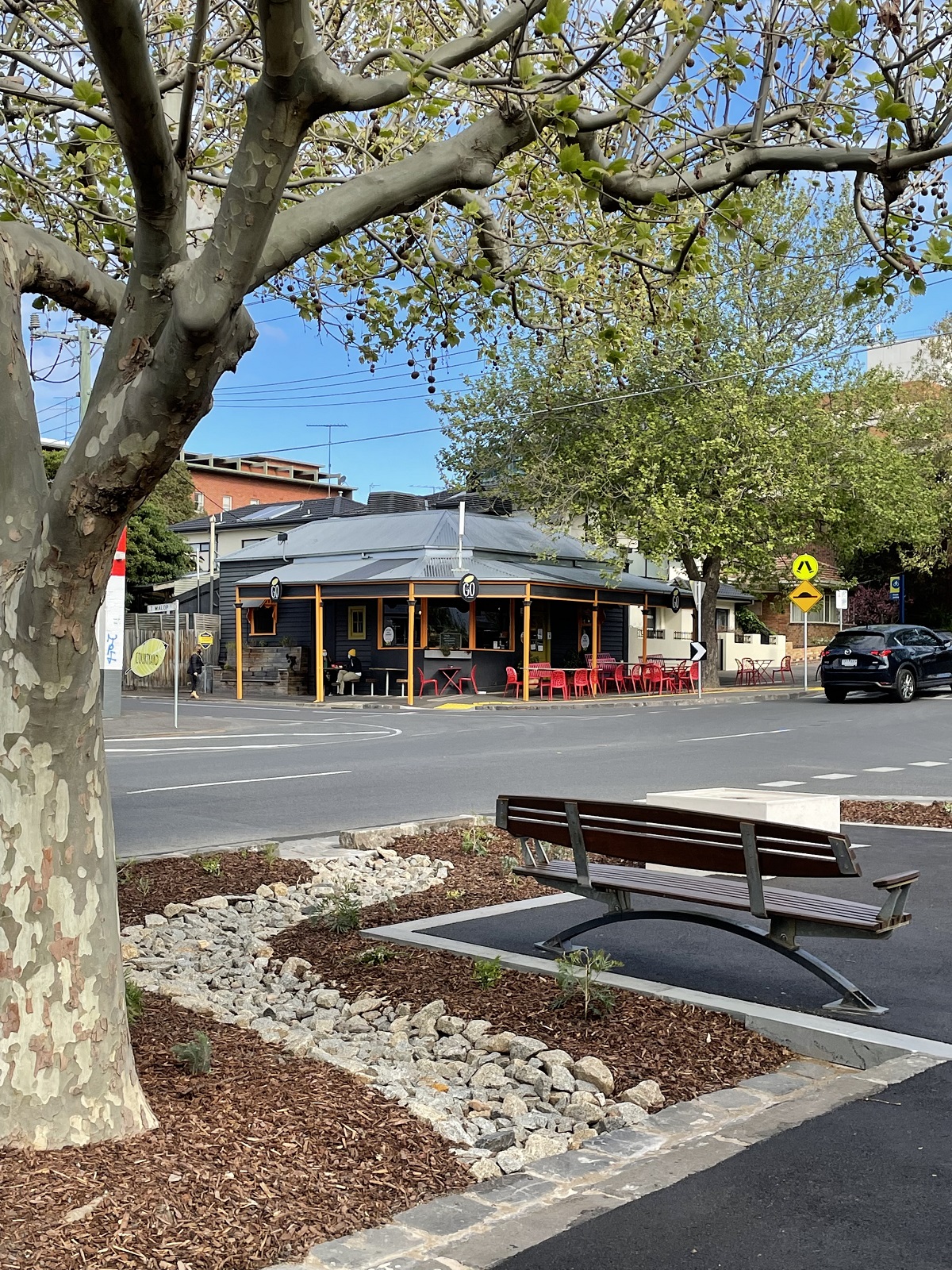The Arrival Indicators Project aims to ease navigation and reinforce key destinations in central Geelong.
Wayfinding and identity systems enhance a city’s brand, ease navigation and reinforce key destinations. With the current climate, communities have seen stronger wayfinding systems as a way to sustain economic viability
The Arrival Indicators Project identified several key entrances into central Geelong that will soon be home to improved streetscapes, new art and design.
Through the project, streetscape works are planned along:
- Bellerine Street, at the Little Malop Street intersection
- Yarra Street, between Little Malop Street and Ryrie Street
Streetscape upgrades include delivering more trees and ground cover planting, public art and/or integrated signage, kerb extensions, safer public lighting, road line-marking, and banner poles. The project will make it easier for pedestrians of all abilities to move around the streets, which in turn will support surrounding businesses.

Location: Bellerine Street (Little Malop Street intersection)
Stage: Complete
Location: Yarra Street (between Little Malop Street and Ryrie Street)
Stage: Planning
Funding partners:
This project is part of the Geelong City Deal, a collaborative partnership to transform Geelong and the Great Ocean Road by the Australian and Victorian Governments, and the City of Greater Geelong through the Revitalising Central Geelong Action Plan.
The Arrival Indicators Project streetscape improvements works on Bellerine Street (Little Malop Street intersection) that began in July are now complete.
The upgrades include a wombat crossing and pedestrian pause points with seating. Sculptures will also feature at the intersection in the coming months, the sculptures will be interchanged as a part of a City of Greater Geelong relocatable public art project. While we are waiting for the sculptures to be placed, a cover for the sculpture base will be installed. The sculpture cover will feature the words ‘Baal murran’ meaning ‘welcome’ in Wadawurrung Traditional Owner language.
The garden areas have been developed based on a City of Melbourne pilot project called Woody Meadow. The project provides guidelines to create diverse flowering landscapes.
One Platinus orientalis insularis tree, more commonly known as an Autumn Glory Plane is featured at the new intersection, along with close to 300 other native plants including grevillea’s, banksias, bottlebrushes, wax flowers, and myrtles.
Municipal wayfinding systems not only direct visitors to destinations, but also serve as a teaching tool that educates the visitor on the boundaries, destinations, and key features of the urban environment. This creates a 'legible city' where wayfinding and identification elements support the overall urban structure and experience.
Stay informed
We appreciate your patience and understanding during this important work. For more information about this project, or to give us your feedback:

Page last updated: 20/12/23